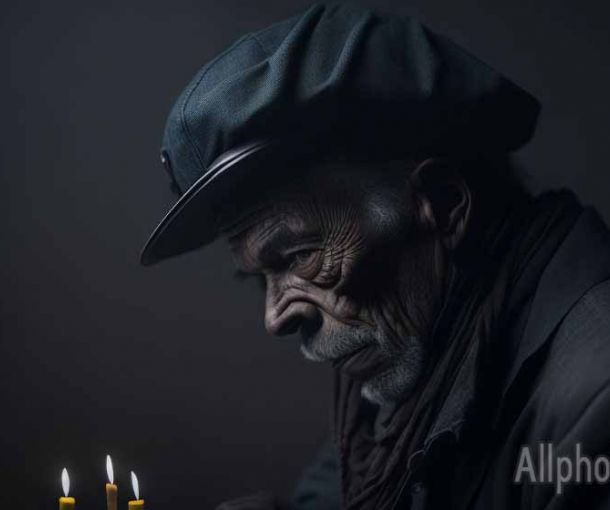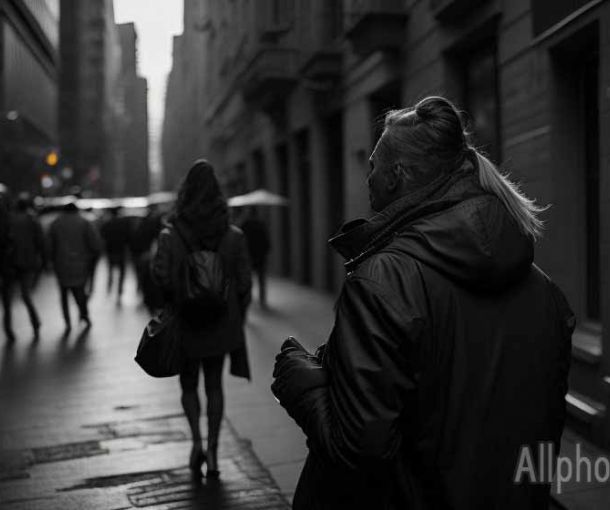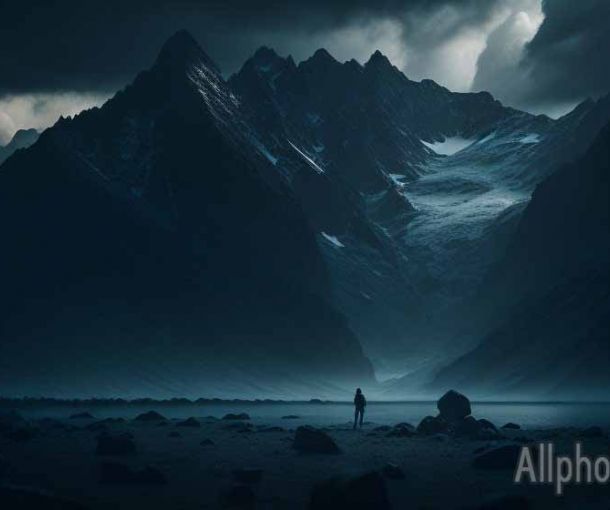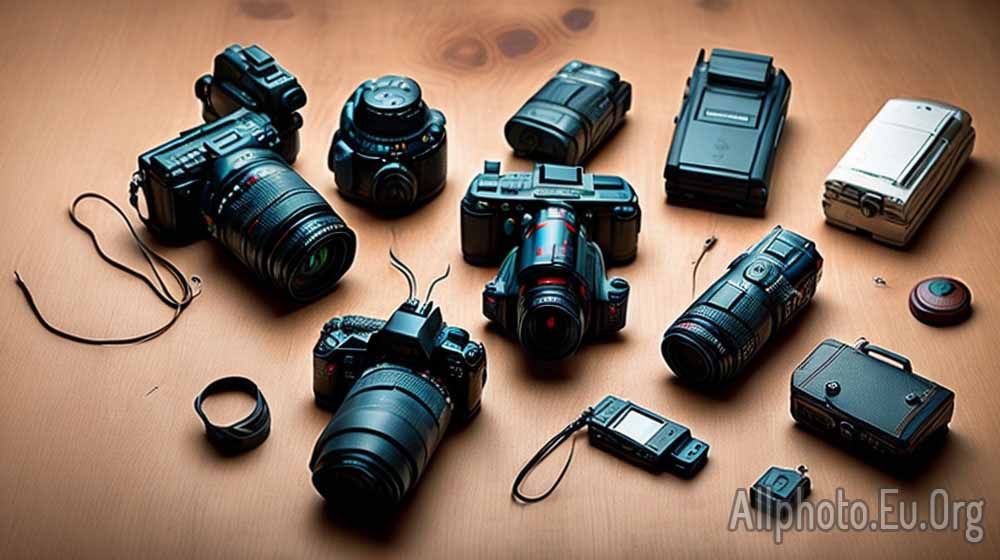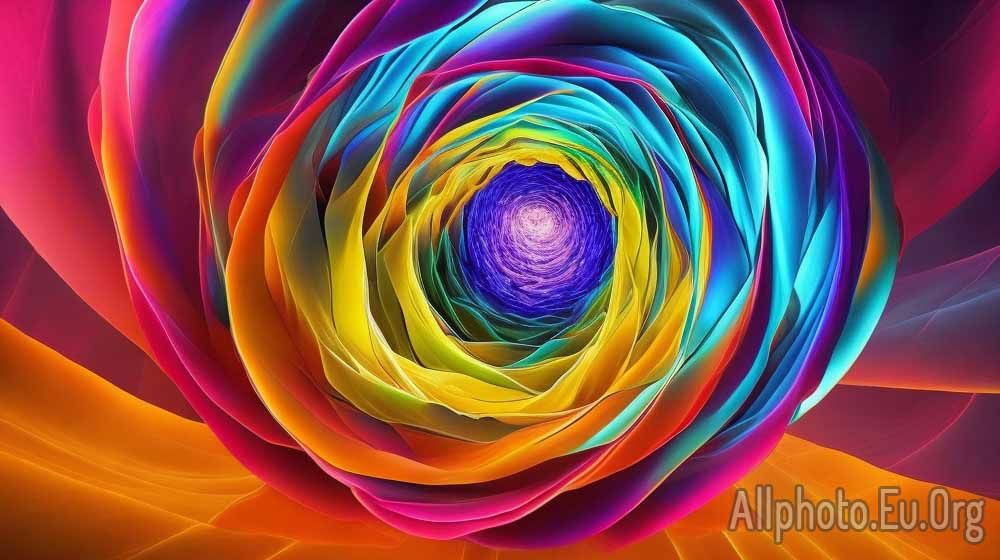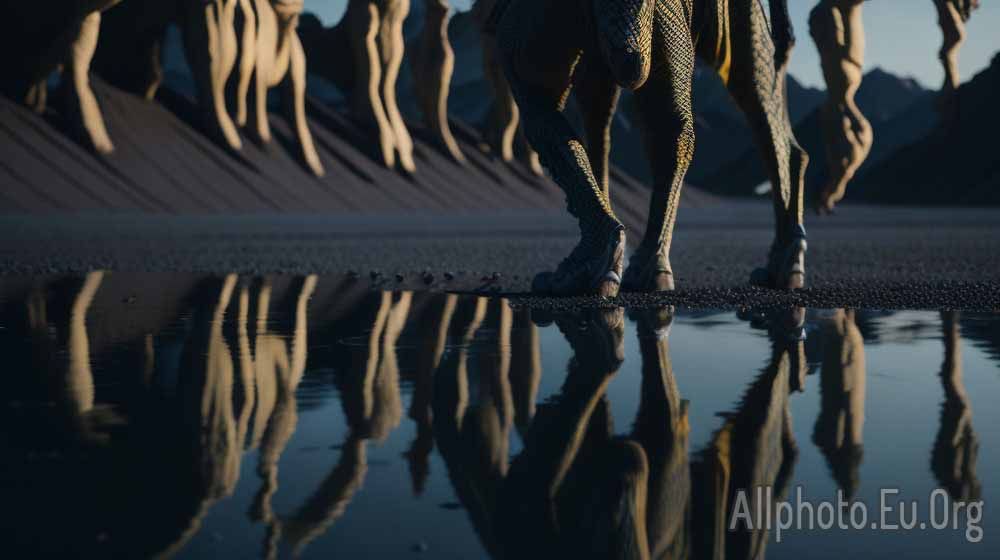The Importance of Contrast in Landscape Photography: Creating Drama and Impact
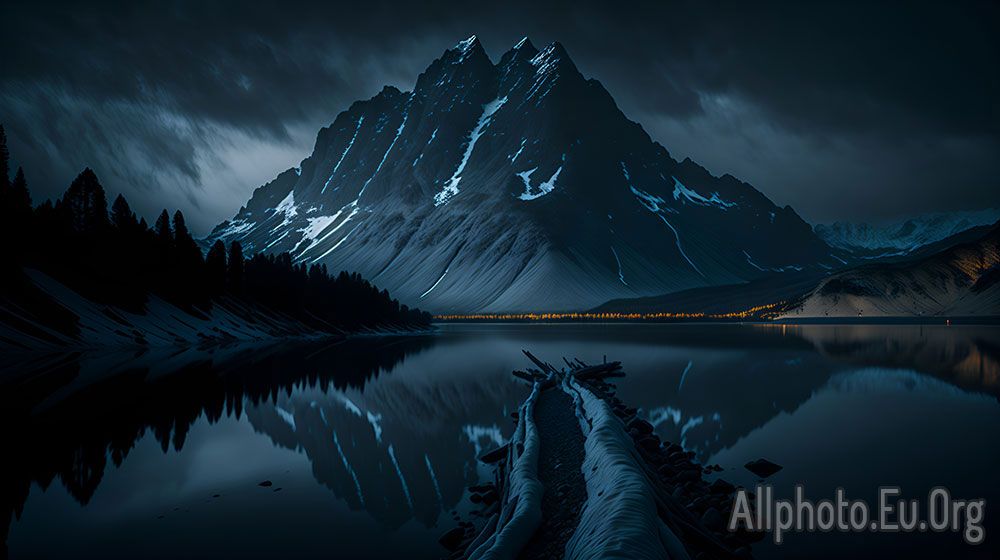
When it comes to landscape photography, one of the most critical elements that can make or break your image is contrast. Contrast is the difference between the lightest and darkest parts of an image, and it plays a crucial role in creating drama and impact in your photos. In this article, we will discuss the importance of contrast in landscape photography and how you can use it to create stunning images.
Why is Contrast Important in Landscape Photography?
Contrast is important in landscape photography because it helps to create depth and dimension in your images. Without contrast, your photos can appear flat and lifeless, lacking the drama and impact that draws viewers in. Contrast helps to highlight the shapes, textures, and details in your landscape, making them more prominent and visually appealing.
Contrast can also help to create a mood or atmosphere in your images. For example, high contrast images with dark shadows and bright highlights can create a dramatic and moody feel, while low contrast images with soft, muted tones can create a peaceful and tranquil mood.
How to Create Contrast in Landscape Photography
Now that we know why contrast is important in landscape photography, let's take a look at some ways to create contrast in your images.
-
Use Light to Your Advantage
Light is one of the most critical elements in creating contrast in landscape photography. By paying attention to the direction and quality of light, you can create shadows and highlights that add depth and dimension to your images.
For example, shooting during the golden hour (the hour after sunrise or before sunset) can create warm, soft light that enhances the textures and shapes in your landscape. Alternatively, shooting during midday when the sun is high in the sky can create harsh shadows and bright highlights, which can add drama and impact to your images.
-
Choose the Right Settings
The settings you use on your camera can also play a role in creating contrast in your images. One of the most effective ways to create contrast is by using a wide aperture (low f-number), which will create a shallow depth of field and blur the background, making your subject stand out.
You can also adjust your camera's exposure settings to increase or decrease the brightness of your image, which can help to create more contrast. For example, increasing the exposure can make your highlights brighter, while decreasing the exposure can make your shadows darker.
-
Look for Contrast in Your Subject
When composing your image, look for areas of contrast in your subject. This can include contrasting colors, textures, or shapes. For example, a tree against a bright blue sky can create a high contrast image, with the dark tree standing out against the bright background.
-
Post-Processing
Post-processing is another way to enhance contrast in your images. Most photo editing software, such as Adobe Lightroom or Photoshop, have tools that can help you increase or decrease contrast in your images.
When editing your images, be careful not to overdo it. Too much contrast can make your images look unnatural and unappealing. Instead, aim for a balance between light and dark tones that creates a natural, yet impactful, image.
-
Pay Attention to the Dynamic Range
The dynamic range of a scene refers to the range of brightness levels between the darkest and lightest areas. Some scenes may have a high dynamic range, such as a landscape with bright highlights and dark shadows. In such cases, it can be challenging to capture all the details in one exposure.
One way to overcome this challenge is by using techniques such as exposure bracketing, where you take multiple shots at different exposure levels and combine them later in post-processing to create an image with a balanced dynamic range.
-
Experiment with Black and White
Black and white photography can be a great way to enhance contrast in your images. Without color distractions, black and white images allow the viewer to focus on the contrast between light and dark tones. When converting to black and white, pay attention to the contrast in your original color image, as this will impact the contrast in your black and white conversion.
-
Practice and Experiment
As with any aspect of photography, practice and experimentation are key to mastering contrast in landscape photography. Try different techniques, settings, and compositions to see what works best for your style and subject matter. The more you practice, the better you'll become at creating impactful and dramatic landscape images.
In conclusion, contrast is a crucial element in landscape photography that can help you create stunning and impactful images. By paying attention to light, settings, composition, and post-processing, you can enhance the contrast in your images and create photos that capture the beauty and drama of the natural world. So, next time you're out shooting, don't forget to look for contrast and use it to your advantage. With practice and experimentation, you'll soon be creating stunning and dramatic landscape photos that capture the viewer's attention.
To further improve your landscape photography, remember to pay attention to the dynamic range, experiment with black and white, and continue to practice and experiment. By doing so, you can create images that capture the viewer's attention, convey emotion, and showcase the beauty of the natural world.
Tags
Latest Articles
Most Read
All Tags
Subscribe
Donate
Please consider supporting our efforts.
© 2023 All-Photo.Cf All rights reserved.
